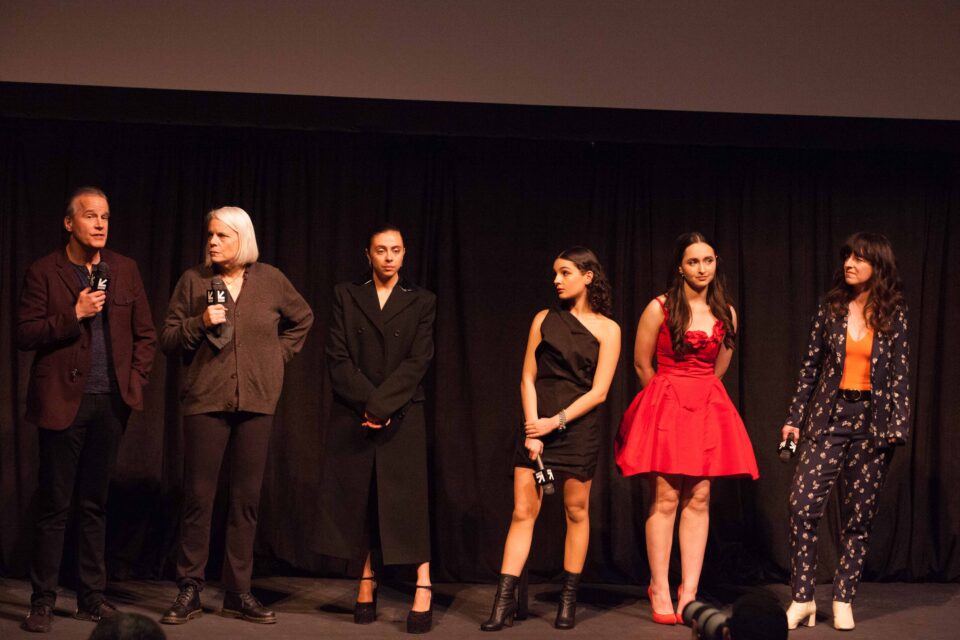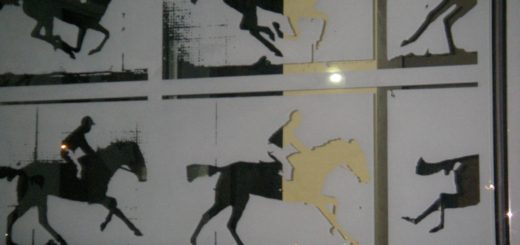A Small Light Isn’t So Small

“I don’t like being called a hero because no one should ever think you have to be special to help others. Even an ordinary secretary or a housewife or a teenager can turn on a small light in a dark room.” Miep Gies.
This spring marks the 80th Anniversary of the death of Anne Frank.
A beauty salon doesn’t seem to be the place where you’d be discussing the darkest points of human history, but that’s exactly what happened. Having complicated multi-hued purple hair and a brilliant hairstylist means that I get a chance to discuss life and society and television while I my purple roots are processing.
On one visit to stylist Danny Smith for him to do something about my natural “potato brown” hair, he brought up that the night before he had finished watching “A Small Light” the limited series about Anne Frank. Being that I was also currently watching the eight-part series, and I had been dragging my feet about getting to the end of the program, I was surprised to find out that he found that watching the show made him feel hopeful, even though it wasn’t an easy series to watch. “It’s a very sad story. It’s very intense,” Smith said.
“There were moments that I had to get up and clean the kitchen.” he added.
This spring marks the 80th anniversary of the death of Dutch teenager
Anne Frank, who likely died of Typhus in the early spring of 1945, not
long before the liberation of the Bergen-Belsen concentration camp.
I first heard about the hiding of the Frank family when a librarian at my elementary school handed me a school copy of “The Diary of a Young Girl” when I was in fifth grade, telling me I was ready for it. I rechecked it out of the library so many times that I’m surprised that the librarians didn’t take up a collection to buy me a copy. While I’ve never been to Amsterdam, and I’ve never seen the Secret Annex at Prinsengracht 263 in person, it looms large in my imagination. I’m hoping to get to the Anne Frank exhibit in NYC that depicts what the Secret Annex would have looked like during the time the Frank family was hiding before it closes in the fall.
The series follows the Frank family in Amsterdam as the war breaks out and as they go into hiding on July 6th, 1942. It shows the people who help them hide for just over two years. The series particularly focuses on Miep Gies,33, a former party girl who, by the time the war broke out, worked in Otto Frank’s (Liev Schreiber) pectin factory and was the help line for customers who needed guidance about the intricacies of making jam. When the Frank family chose to go into hiding, rather than having the oldest sister report for a work camp, she helped them hide. Other people in the office helped as well. The Secret Annex was located in a disused part of Otto Frank’s pectin factory.
Soon Otto Frank’s business partner and his family, and a dentist — a total of nine people– were hiding together in 450 feet. While that sounds small–and is less space than the average studio apartment–Anne even thought of how lucky they were to have such an ideal place to hide. It is almost unimaginable to put yourself in Miep’s shoes, having to keep the Frank’s office running, keeping the people in the secret annex fed, all while trying to appear to the outside world as a carefree young woman.
It’s easy to think about the hiding of the Frank family as long ago history, with black and white photos and people who have nothing in common with us. Yet, as we were reminded at the South by Southwest screening of the intense first episode a couple of years ago, it wasn’t so long ago. These people lived in houses that look like ours–in my case, since I live in a house built in 1939, they lived in houses exactly like mine.) They had typewriters, radios, toasters, 35mm cameras, Chanel #5 perfume, permanent waves, Hollywood movies, celebrity gossip magazines, mail order catalogs and they could have already seen “Gone With the Wind and The Wizard of Oz”. My mother was born in 1937 and will be 88 years-old this year. Had circumstances been quite different, she and Anne Frank would have been contemporaries, as Frank was born in 1929.
If Frank hadn’t been murdered by the Nazi’s, it’s possible that she could still be alive. After all Holocaust survivor, Lily Ebert, who passed away late last year, used her TikTok account with 2 million followers to tell people about her life in the Holocaust. Marga Minco, the author of “Bitter Herbs” another diary about the Holocaust kept by a Dutch young woman, died not long ago at the age of 101.
After the Frank family was taken away from their snug hiding place on August 4th, 1944. Gies and her young co-worker Bep Voskuijl, went into the secret annex to find what personal possessions of the family that might be salvaged. They picked up Anne Frank’s diary off the floor and Gies kept it hidden in her desk drawer, until after Otto Frank returned following the liberation of the camps at the end of the war. Gies didn’t read the diary when it was hidden in her desk, but said later that if she had she would have burned it, because of the danger it presented to the helpers. “Had I read it, I would have had to burn the diary because it would have been too dangerous to people whom Anne had written about.” Gies said in her autobiography. When Otto returned after the war, as the only survivor from the nine people who hid at the secret annex. After he learned that Anne died seven months after the secret annex was raided, Gies gave him the diary. Otto Frank lived with Gies and her husband Jan for seven years after the war
The limited series is intense, in much the same way the series Chernobyl was intense. It’s a tragedy where we know what is coming, and when, but the story is so compelling that it is impossible to look away.
It’s easy to dismiss the story of the Frank family as being something long ago and far away. But seeing a security dog investigating the theater before the world premiere screening at the State Theater in Austin, Texas during it’s world premiere at South by Southwest really brought home the fact that the issues of hate based on religion and what we think of as race that are brought up in this series are still, tragically, applicable.
There are multiple instances of the rise of Nazi symbolism and the troubling parallels with between current events in America and the rise of Nazi Germany.
But back to the chat with my hairdresser, He brought up that given the book banning and other things going on that are not dissimilar to what happened as the Nazi’s came to power, that watching this series gave him a good feeling good that you can do something about all the negative things that are happening in the world. Smith occasionally brings it up when he is painting my hair purple, but he has a background in activism and helped start a chapter of Queer Nation in Austin, and he has marched in D.C. both in support of gay rights (in one of the first big gay marches in D.C.) and reproductive rights.
“It makes you feel hopeful. It makes you feel like you can do something.” Smith said about the series.
“You don’t have to just lie down and take it,” Danny said, before parking my double processing head under the dryer.
Chatting for a moment after Smith finished my hair, he said he found the series motivating and inspiring. “You’re being lazy, You have to get up and do something.” Danny said, recounting what he thought to himself after watching the series. He then mentioned that he lives with Texas State Senator Sarah Eckhart– in her garage apartment.
“I live with a Texas State Senator Why am I not doing phone banking? That’s just a start.”
“The things that they do in the show makes me think that there are things to be done behind the scenes.” Smith said, before moving onto his next client.
Smith’s feelings after the show echo the quotation from Gies, which gave the series its name:
A Small Light is streaming on multiple platforms.





















